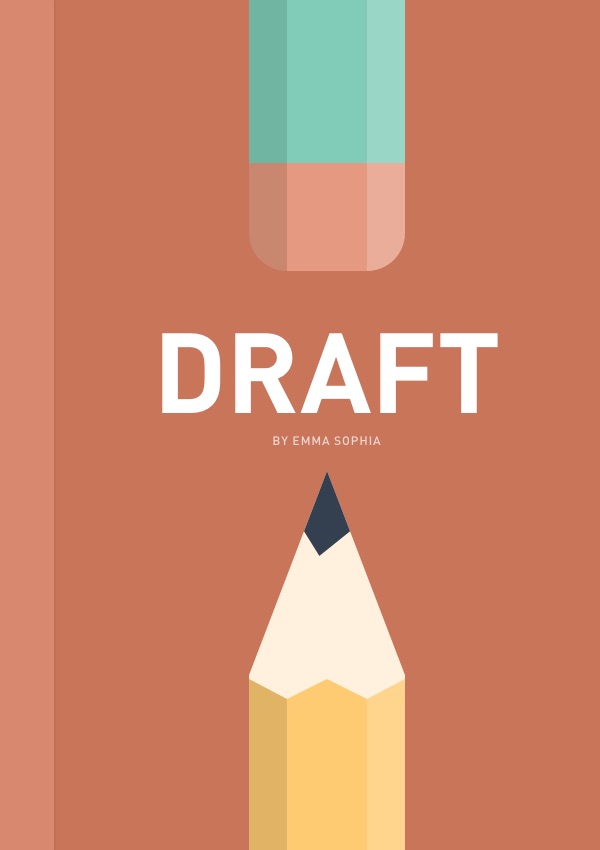Important to recognize
Low Blood Sugar or Hypoglycemia
Common cause:
- too much insulin or too high a dose of diabetic medication (that stimulate insulin release)
- ate less than usual, missed/delayed a meal
- excess activity or exercise
- alcohol excess can induce a low blood sugar
- medical illness like infections
Symptoms:
- Symptoms vary from no symptoms (Hypoglycemia unawareness) to any of the following
sweaty, shaky, hungry, weak, confused, Irritable, lightheaded, drowsy, occasionally blurred vision, palpitations, or racing heart
Recognize it:
It is an emergency that should be recognized and treated immediately. Others around you should also be able to identify the symptoms of low blood sugar and help.
Treatment of hypoglycemia
What to do?
Take 15 gm of carbohydrates (e.g., half a glass of fruit juice or soft drink). Recheck the blood sugar in 15-minutes and repeat the 15 gm carbohydrates if the blood sugars are still low. The aim is to try to keep the blood sugars around 80 to 120: higher targets, i.e., 140-180s for some people with diabetes who are brittle. (your doctor must determine this target).
If you get a low blood sugar episode without a good reason, talk to your doctor to see if lowering the dose of insulin or diabetic medication is appropriate. If you are an insulin-dependent diabetic and have frequent low blood sugars, Glucagon should be available. If you pass out from severe low blood sugar, someone who lives or works with you can give an intramuscular glucagon injection, or now it is available as intranasal (Baqsimi). Glucagon is only used if you are unable to take any carbohydrates by mouth.
How to use the glucagon kit, where it is kept, must be discussed with friends and family preemptively.
Keep a supply of snacks or glucose tablets or gel in different places such as: in your car, workplace.
Glucagon is injected into the muscle either in the upper arm or front of the thigh. After the glucagon injection, you should be placed on your side to reduce the risk of aspiration from vomit (a side effect of glucagon).
If Glucagon is not available or blood sugars are not improving, someone needs to call the EMTs. Glucose gel or just plain sugar can be placed in the mouth to help the low blood sugar.
Be Informed. Get In Control. Prevent.
Better late than never
Coming Soon!
Available Aug 16, 2019
Diabetes Cure
Be Informed. Get In Control.

Our Blog
Follow Along
Screening For Diabetes
Diabetes Screening and Diagnosis Who Should Be Screened? Everyone aged 45 and older should be screened for diabetes or glucose abnormalities every three years. However, individuals at higher risk should begin screening earlier and more frequently—ideally once a year....
Disaster Planning
you never know When Disaster Occurs Emergency Preparedness for People with Diabetes When natural disasters or emergencies strike—such as hurricanes, floods, wildfires, or power outages—being prepared can protect your health and even save your life. Everyone with...
Neuropathy
Important to reduce all risk factors Diabetic neuropathy Diabetic neuropathy, a common complication of diabetes, encompasses various types of nerve damage resulting from prolonged high blood sugar levels. It can affect different parts of the nervous system, leading to...
Contact Us
The newsletter is only sent if there are any new blogs or articles added.


